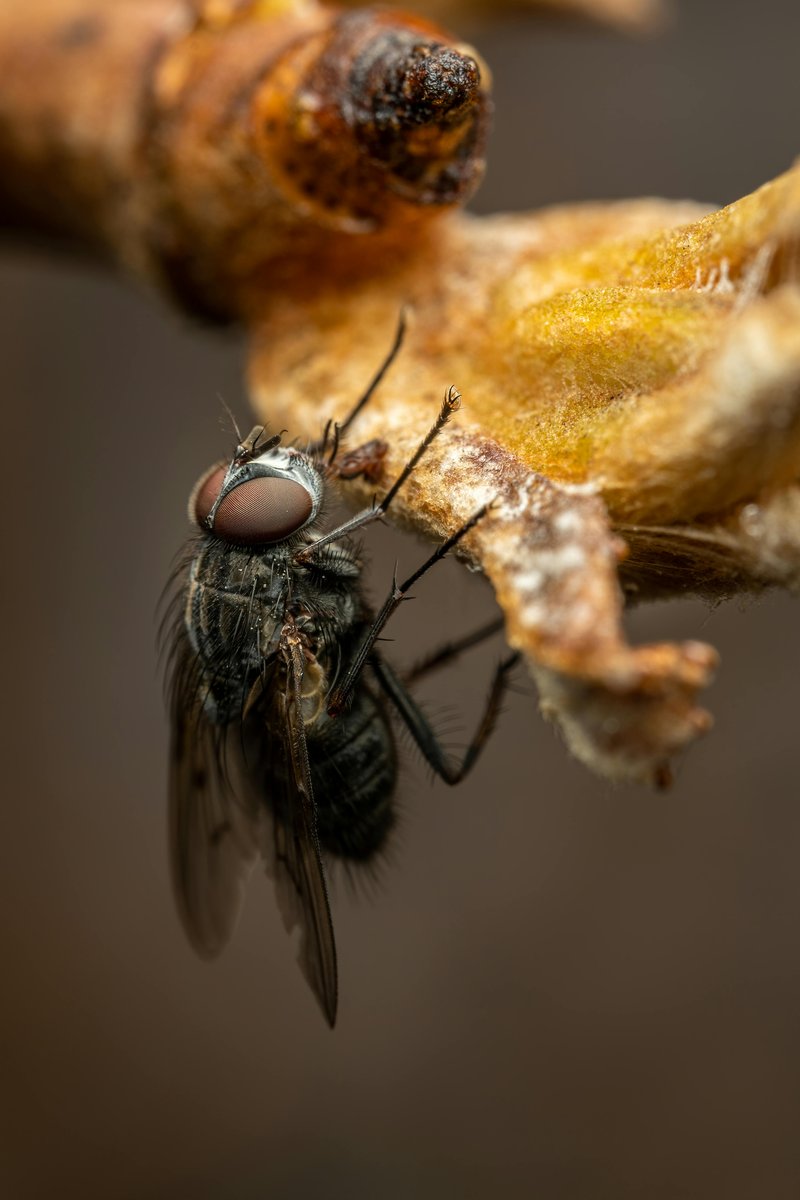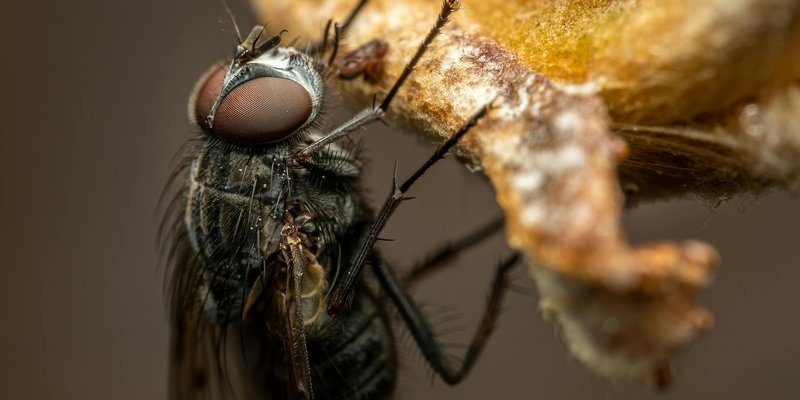
Botflies are a type of parasitic fly that gives new meaning to the word “hosting.” They lay their eggs on or near their animal hosts, and once hatched, the larvae burrow into the host’s skin. While this might sound gross, it’s a complex interaction that highlights the circle of life—where survival sometimes means inconvenience for another. So, let’s dive deeper into this curious coexistence between botflies and their animal hosts.
What Are Botflies?
Botflies belong to a group of flies known as Oestridae. There are several species of botflies, but they’re all known for their captivating yet disturbing life cycles. Think of them as tiny helicopter parents of the insect world. They want their young to grow up strong, so they take some very unconventional steps.
When a female botfly is ready to lay her eggs, she doesn’t just drop them anywhere. She targets a specific host animal, whether it be a mammal like a cow, horse, or even humans in rare cases. Once she finds a suitable host, she’ll lay her eggs on the animal’s skin or even deposit them into another insect. This leads to a fascinating (if not a bit gross) development process.
As the eggs hatch, the larvae attach themselves to the host’s skin and begin to burrow in. This process can result in painful reactions for the host. It’s like having an unwelcome guest who throws a house party without your permission. But here’s where it gets interesting: the botfly larvae are not in a hurry. They take their time developing, often feeding for weeks before they eventually emerge as adult flies.
The Life Cycle of Botflies
Understanding the life cycle of botflies helps shed light on their complex relationship with their hosts. It starts when the **female botfly** lays eggs on or near a host. Here’s how it typically goes:
- Egg Stage: The female lays her eggs, sometimes on a specific spot on the host’s skin, or on other insects that will come into contact with the host.
- Lava Stage: Once the eggs hatch, the larvae either enter the host’s skin or attach themselves to it. They burrow inside to feed. This is where things can get a bit uncomfortable for the host.
- Pupa Stage: After several weeks of feeding, the larvae drop out of the host and enter the pupal stage. They form a protective case, usually found in the soil, where they’ll transform into adult botflies.
- Adult Stage: Once they emerge, they go on to continue the life cycle by finding hosts of their own.
This cycle is a bit like a twisted version of nature’s clockwork. It’s a reminder that survival often comes with a cost, particularly for the hosts involved. If you think about it, these stages represent the relentless push and pull of life—where one creature’s gain is another’s inconvenience.
How Hosts Respond to Botfly Infestations
You might be wondering how animal hosts cope with the intrusion of botfly larvae. Well, it varies by species and situation. Some animals, like cows and horses, may experience uncomfortable reactions, including swelling and inflammation at the site of infestation. It’s akin to having a stubborn splinter that just won’t budge.
Many animals have developed adaptive behaviors to handle botflies. Some will scratch or bite at the affected areas, trying to ease their discomfort. Others may use their natural grooming habits to remove the larvae, much like how we might flick away a pesky bug.
In more serious cases, an infestation can lead to secondary infections or health problems. It’s a rough life for these hosts, but in nature, such struggles can often be part of the larger ecosystem balance. Nature has its way of ensuring that, even while enduring pain, the hosts can still thrive in other aspects of life.
The Ecological Role of Botflies
It’s easy to see botflies as simply pests, but they actually play an important role in the ecology. Think of them as nature’s janitors, cleaning up the excess populations of host species. By infesting animals, they help maintain a balance in the ecosystem—keeping animal populations in check and allowing for healthier populations overall.
In addition, the presence of botflies can act as an indicator of the health of an animal species or ecosystem. If botfly populations are thriving, it may suggest that the host populations are stable, meaning there’s currently a balance between the species involved. This interdependence demonstrates how even the most irritating creatures have a role to play in the complex web of life.
Human Interactions with Botflies
Humans aren’t immune to the pesky presence of botflies, either. There are instances where botfly larvae have infested people, though it’s quite rare. This can happen when botfly eggs are inadvertently transferred to human skin, typically through contact with contaminated surfaces or other animals.
When this occurs, it can lead to a condition known as **myiasis**, which sounds more intimidating than it is. In these cases, the larvae create painful bumps and can cause significant discomfort. Some folks have shared stories of dealing with this bizarre encounter, which often requires medical intervention to remove the larvae safely.
While the idea of botflies might make you feel squeamish, it’s essential to recognize how interconnected we all are—humans, animals, and even the creepy crawlies. It serves as a reminder of the unpredictable nature of life.
Managing Botfly Infestations in Animals
If you’re in an area where botflies are common, there are measures you can take to help animals avoid these parasites. Prevention is always better than cure, right? Here are some effective strategies:
- Regular Veterinary Check-ups: Frequent vet visits ensure animals are monitored for any signs of infestation.
- Maintaining Cleanliness: Keeping living environments clean can deter botflies from laying eggs nearby.
- Use of Insect Repellents: There are specific products available that can help keep botflies at bay.
Staying informed and vigilant can make a difference in managing the health of your animal companions. Plus, it adds a layer of comfort knowing you’re being proactive against these curious—if not unwelcome—house guests.
The coexistence of botflies and their animal hosts is a strange dance of survival. It highlights the complex relationships found in nature, where every creature, no matter how small or bothersome, plays a role. Botflies might seem like the bad guys in this story, but they contribute to the ecological balance in ways that might surprise you.
So, next time you hear about botflies, remember that life is full of unexpected twists and turns. It’s not just about the discomfort they cause; it’s about the broader picture of life and survival. After all, it’s a wild world out there, and we’re all just trying to find our place in it.

